Journal list menu
Export Citations
Download PDFs
Issue Information
Editorials
Side marker creep: have radiographers changed their side marker habits?
- Pages: 143-144
- First Published: 09 September 2016
Increasing consistency and accuracy in radiation therapy via educational interventions is not just limited to radiation oncologists
- Pages: 145-147
- First Published: 09 September 2016
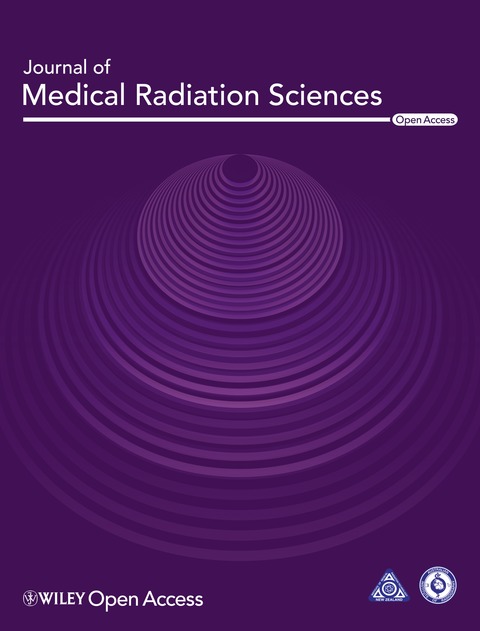
This editorial is advocating that increasing consistency and accuracy in radiation therapy via educational interventions is important for radiation therapist. Education and training with ongoing refreshers is the key to maintaining consistency throughout the radiotherapy process, which in turn will ensure all patients receive accurate treatment.
Original Articles
A clinical audit of anatomical side marker use in a paediatric medical imaging department
- Pages: 148-154
- First Published: 25 May 2016
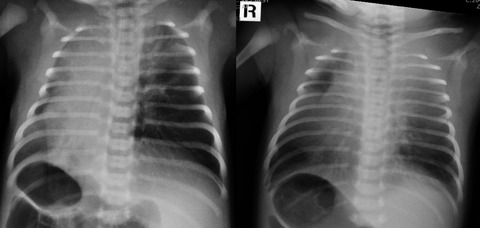
The aim of this audit was to identify whether all general X-ray images were appropriately annotated with a definitive anatomical side marker, and to identify modifiable factors that contribute to inappropriately labelled images. Mislabelled radiographs represent an unjustifiable risk to patient safety. Of the 400 images evaluated, 23 (5.8%) images were not marked correctly.
Maintaining prostate contouring consistency following an educational intervention
- Pages: 155-160
- First Published: 16 March 2016

This study aims to assess prostate contouring variation 12 months following a structured interactive educational intervention (EIs). The analysis focuses on knowledge and skill retention and has demonstrated an ongoing reduction in intra-observer contour variation following a structured and interactive EI. This study advocates for EIs to be included as continuing medical education to improve contour variation among radiation oncologists and increase retention of knowledge with time.
Long-term outcomes following post-operative radiotherapy for Stage I/II testicular seminoma – an Australasian single-institution experience
- Pages: 161-169
- First Published: 05 April 2016
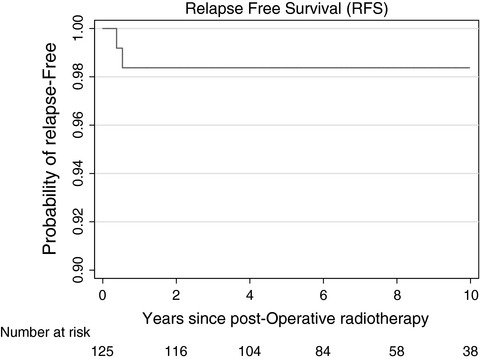
This is a single-institution study reporting on the excellent long-term oncological outcomes among patients with Stage I/II seminoma treated with post-operative radiotherapy (PORT). While PORT has fallen in disfavour as an adjuvant treatment for seminoma, this study confirms that PORT can still be given safely without significant long-term morbidities in patients not suited for chemotherapy or surveillance.
Toxicity and dosimetric analysis of non–small cell lung cancer patients undergoing radiotherapy with 4DCT and image-guided intensity modulated radiotherapy: a regional centre's experience
- Pages: 170-178
- First Published: 15 February 2016
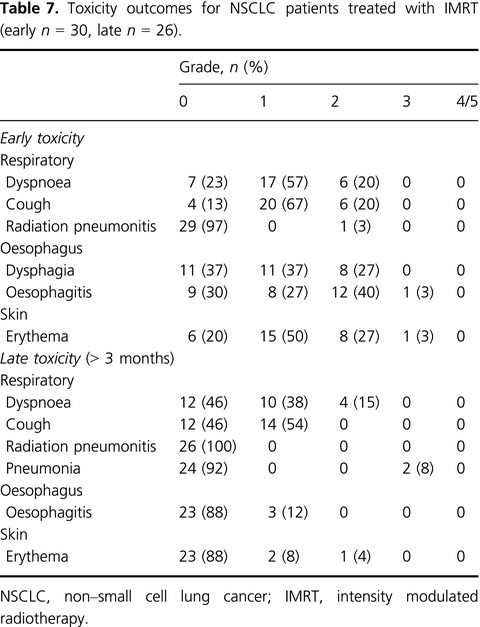
Intensity modulated radiotherapy (IMRT) can reduce the dose to surrounding organs and healthy tissue for non–small cell lung cancer (NCSLC) patients beyond what is achievable with conventional radiotherapy. We report favourable toxicity outcomes including zero instances of Grade 3 pneumonitis in 30 patients. Four-dimensional computed tomography and daily soft tissue aligned IMRT is an excellent radiotherapy technique for patients with inoperable NSCLC.
Use of a prospective cohort study in the development of a bladder scanning protocol to assist in bladder filling consistency for prostate cancer patients receiving radiation therapy
- Pages: 179-185
- First Published: 23 February 2016

This study aimed to increase bladder filling reproducibility for prostate radiation therapy patients by implementing a method of assessing patients' bladder volume at computed tomography (CT) simulation, using an ultrasound bladder scanner (Verathon 9400 BladderScan). Results found that the routine use of the Bladder Scanner has increased scheduled treatment efficiency and potentially improved patient care.
Conformal orbit sparing radiation therapy: a treatment option for advanced skin cancer of the parotid and ear region
- Pages: 186-194
- First Published: 19 March 2016
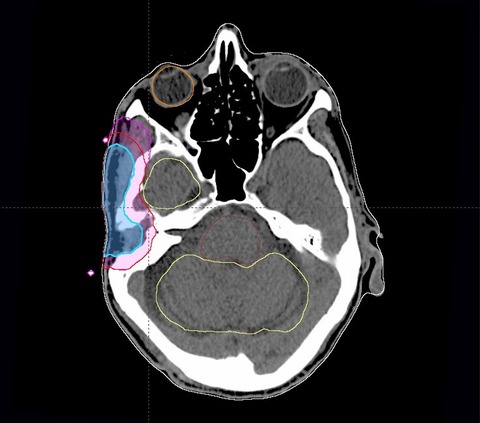
A dosimetric comparison of three different radiation therapy (RT) delivery techniques to treat advanced skin cancer of the parotid and ear region was the objective of the study. All three techniques showed adequate orbital sparing, however orbital sparing RT (OSRaT) and intensity modulated radiation therapy (IMRT) techniques achieved this with less under dosing of the planning target volumes. For the treatment of patients with advanced skin cancer of the parotid and ear, both IMRT and the OSRaT techniques are viable options.
How to Do it
Sign language in the CT suite: a new approach in communicating between radiologists and radiographers
- Pages: 195-198
- First Published: 20 April 2016
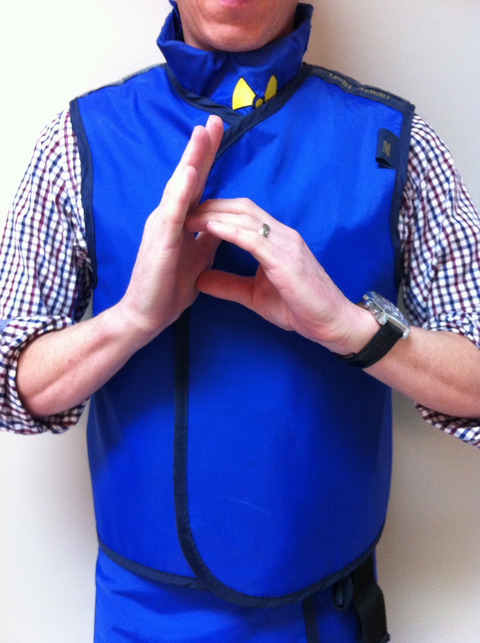
When performing CT-guided procedures or angiographic procedures, radiologists performing procedures need to communicate with radiographers at a workstation behind radiation shielding glass. As shielding renders verbal communication impossible, we have developed a set of standardised hand signals for use at our department to help us achieve clear and efficient communication between radiologists and radiographers while performing CT-guided or angiographic procedures.






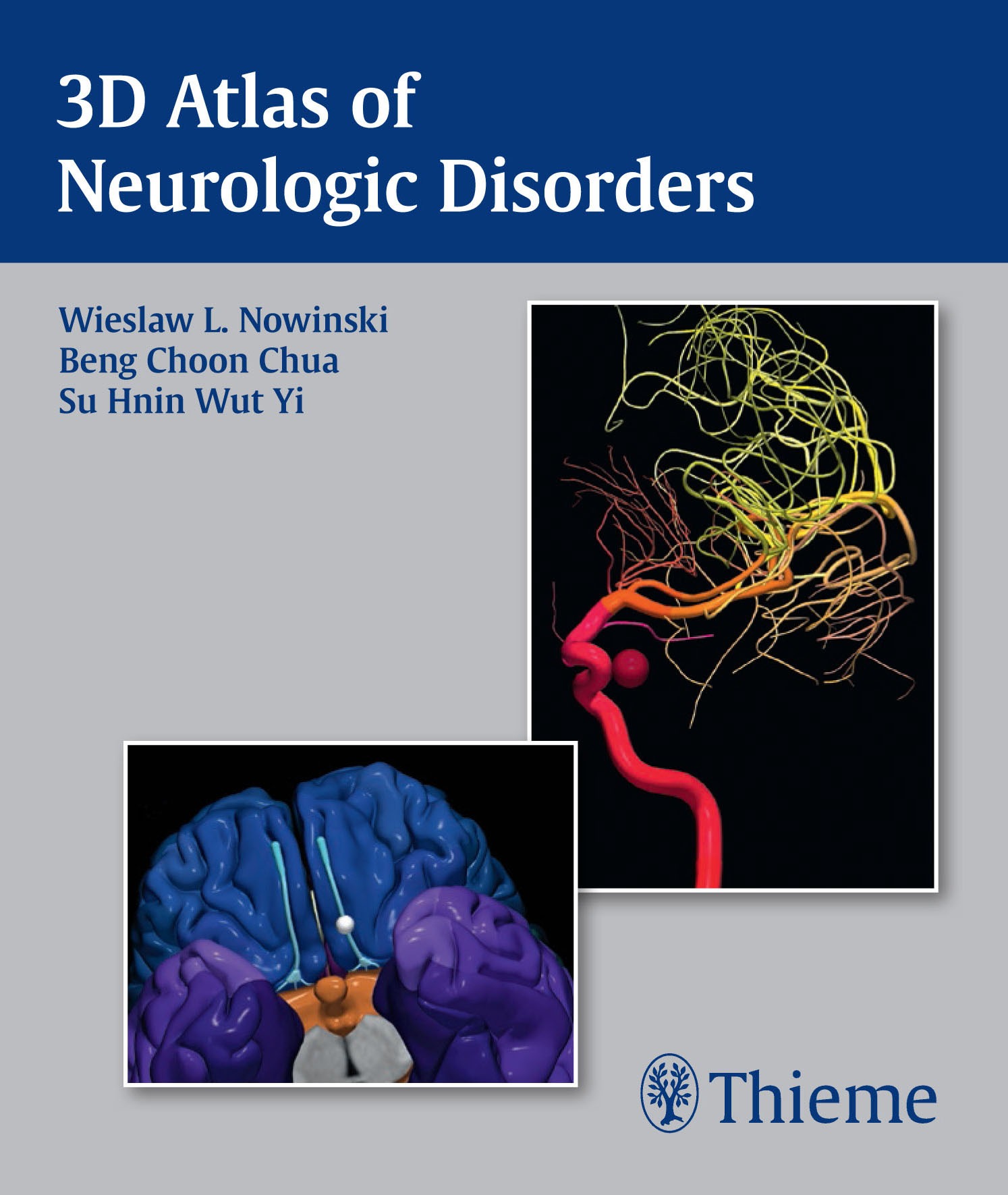
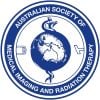
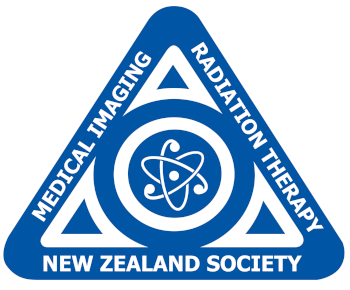


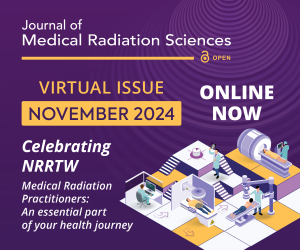

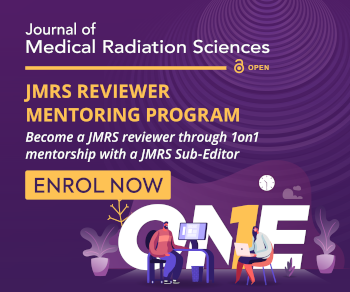
-1693813706.png)